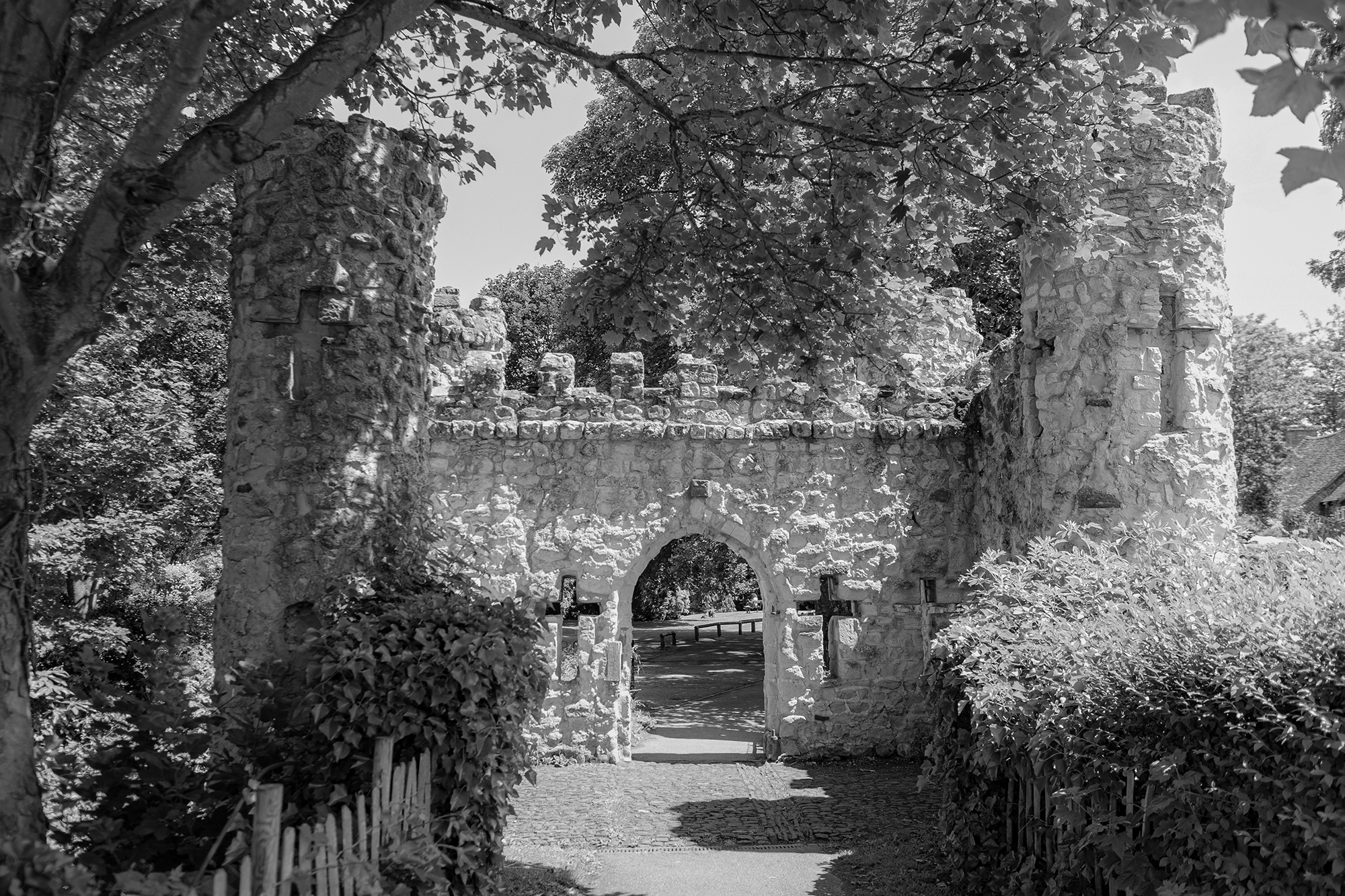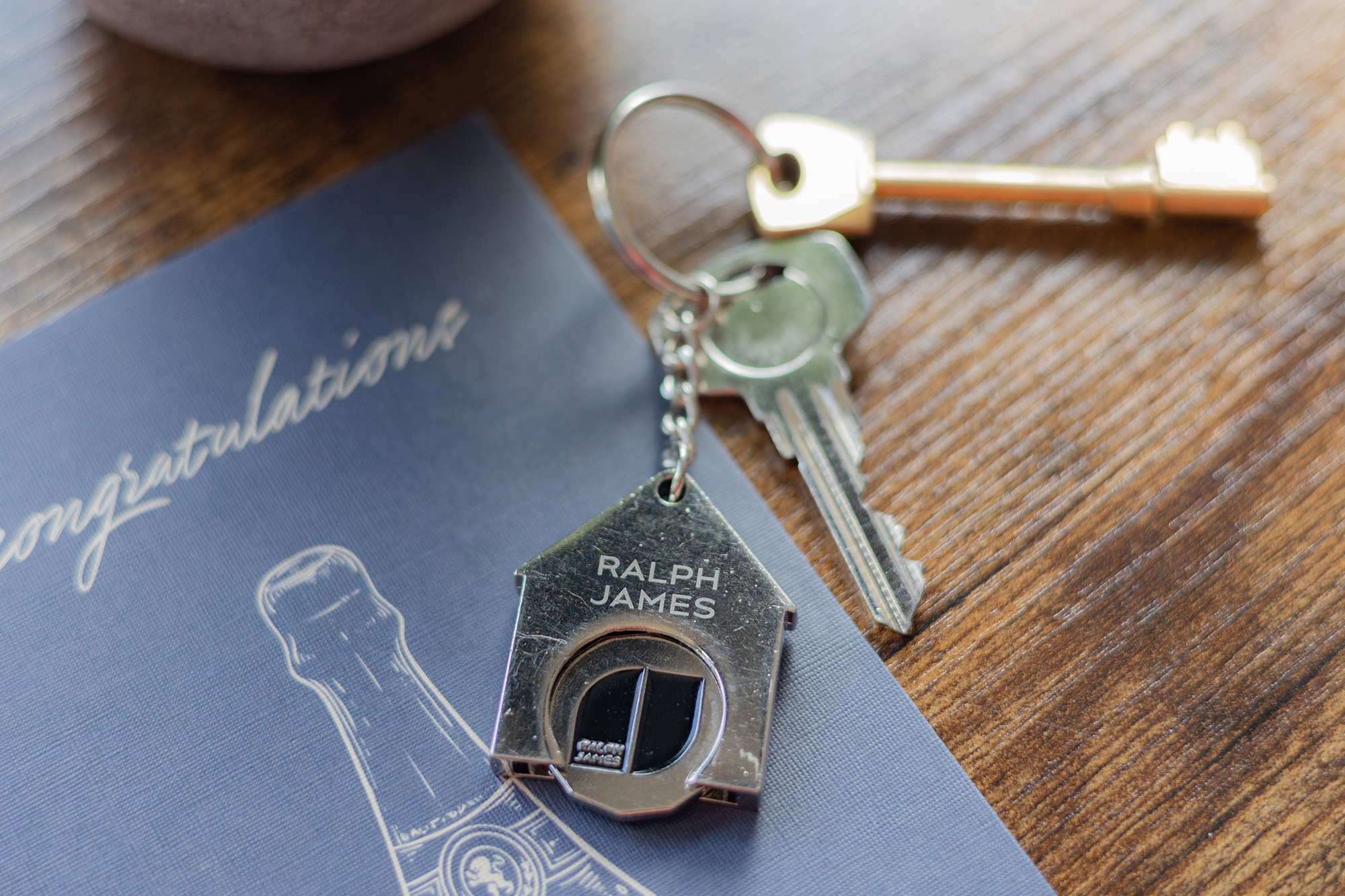Early settlements
The first signs of human occupancy can be dated back to the Paleolithic and Neolithic ages, with archaeological evidence of flint mines, arrowheads, stone axes and rings. During the Roman period, the town was a hub for tile making; an excavation in 2014 uncovered a kiln in the Doods Road area from the 2nd or 3rd century.
In the 1086 Domesday Book, Reigate appears as “Cherchefelle”—which is thought to mean“open space by the hill”. It wasn’t until the 1190s when the name Reigate first appeared, deriving from the Old English “ræge” meaning “roe deer” and the Middle English “gate”.
The landscape is geologically rich, with local Reigate Stone having been used for building purposes since the Saxon times. Throughout the centuries, Reigate’s quarries have provided the materials for notable buildings including Westminster Abbey and the old London Bridge.
Reigate Castle and Priory
A motte-and-bailey castle was built around the late 11th century, primarily out of timber, before stone curtain walls were later installed. By the English Civil War, the castle had fallen into ruins, then a gothic-style gateway was built in the 1770s in memory of William de Warenne—the Earl of Surrey who built the castle originally. You can see remnants of the castle and its moat today, as well as stone pyramids which mark the entrance to the original cellars, known as “Baron’sCave”.
Reigate Priory was erected in the 13th century and still stands as a mesmerising Grade I listed building. Following theDissolution of the Monasteries in the 16th century, Henry VIII granted the residency to William Howard, the uncle of Catherine Howard. During the Second WorldWar, the Priory was used by many London offices that had to relocate. The site is now home toReigate Priory School and a Museum, while the park grounds host funfairs and an ice rinkChristmastime.
Notable landmarks
Reigate is filled with monuments that stand as testament to its compelling history. Founded in1701, the Cranston Library is the country’s oldest public lending library. The site holds over2000 antiquated books and hosts an annual lecture to display pieces that have been professionally restored by the team.
The beautiful architecture of Reigate’s two Grade II listed town halls are not hard to miss. The first building, crafted in a neoclassical style in the 1720s, served asReigate Municipal Borough Council’s meeting place for over a century. A larger Arts and Crafts building was constructed in1901 on Castlefield Road and continues to operate as the Council’s site today.
Like many other market towns, Reigate started life as an agricultural settlement and there are two historic windmills that remain today. One is located on Reigate Heath and the other can be found on Wray Common; follow the 4.5 mile scenic trail around the Heath,Shag Brook and theRiver Mole to see these charming monuments.
We are inspired by the towns in which we operate. Whether you’re thinking of moving or you’re already a seasoned Reigatian, get in touch with our team to explore the town and the other historic neighbourhoods in which we work.




